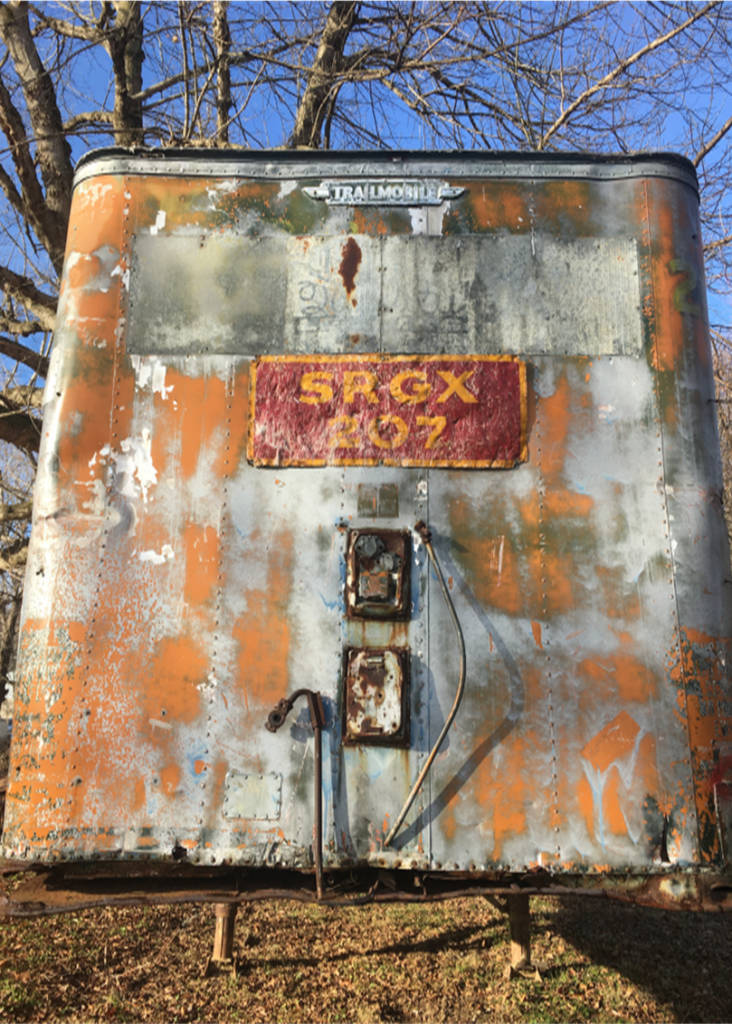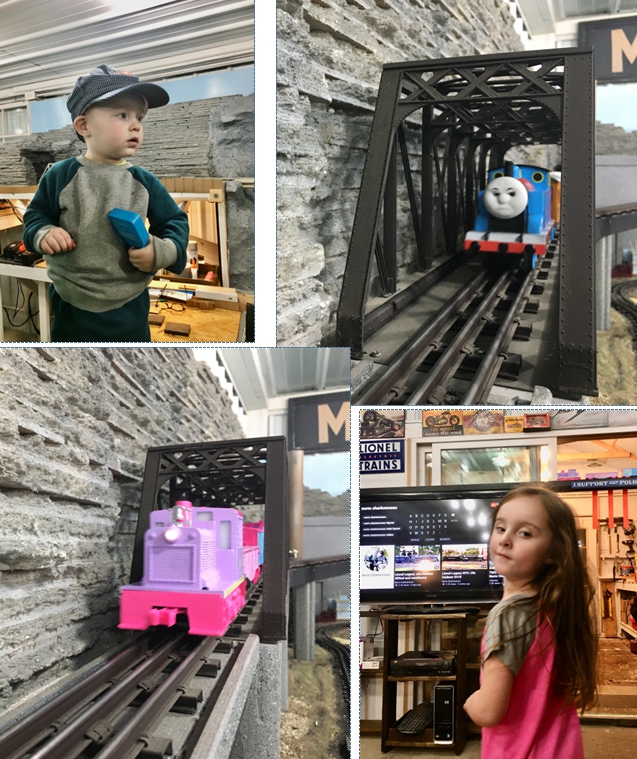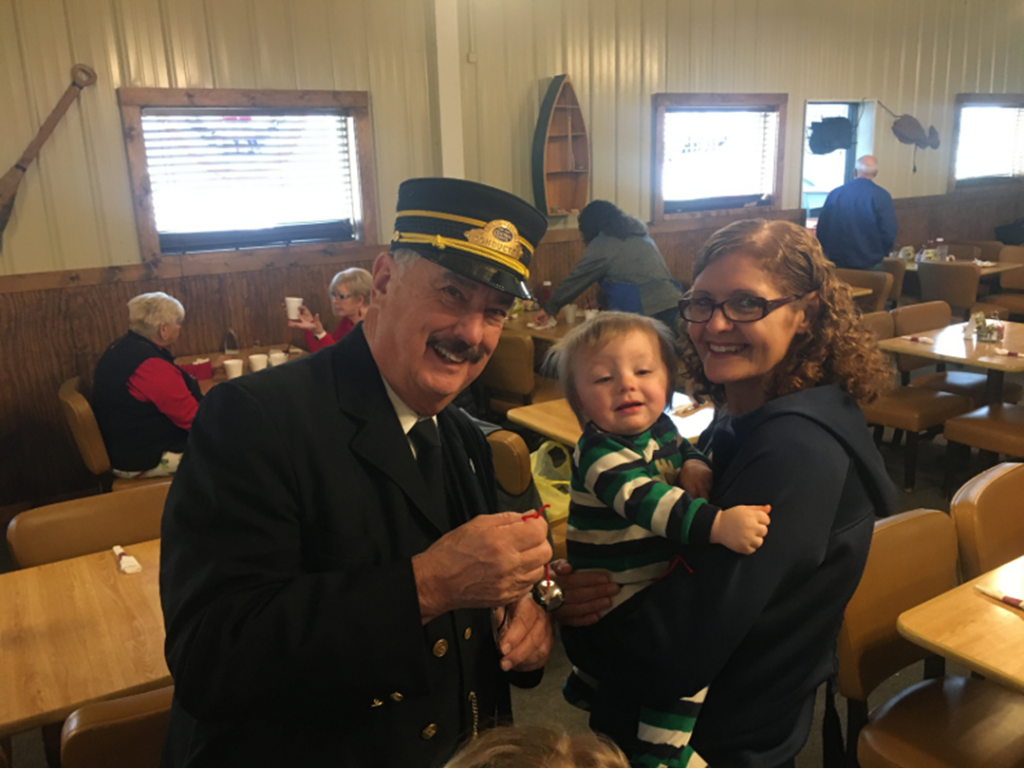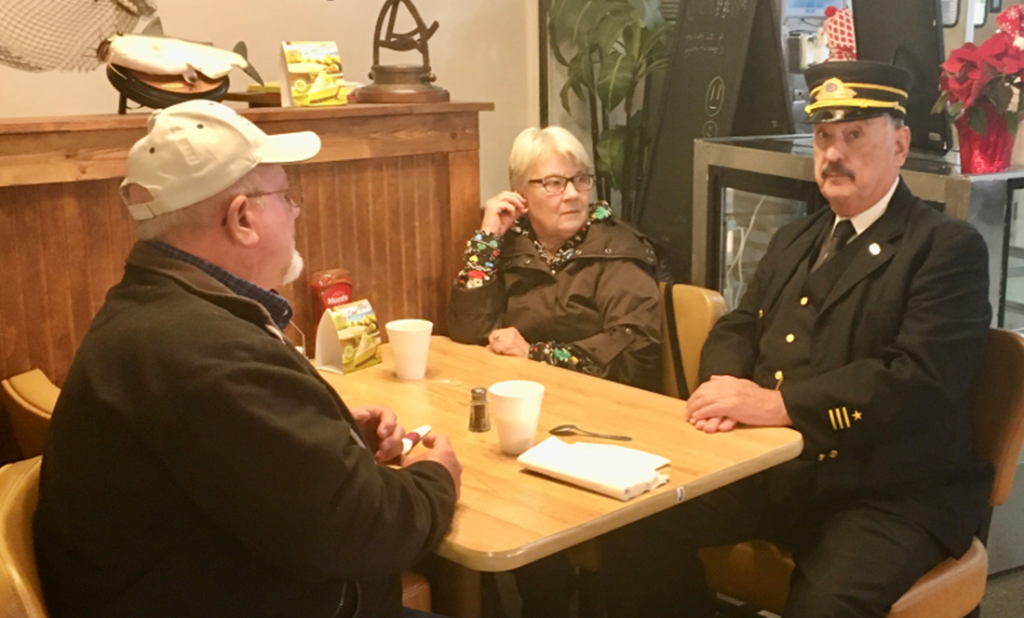Category: Photo Section
Photos from the Pennyrail Newsletter
I caught this CSX unit coal train at Warrior Coal’s loading facility west of Madisonville, February 3, 2020. I was coming off a school bus route (empty) on the west side of the county. Thus the limited angle and distance from the train. Get coal train pictures while you can! – Photos by Bill Thomas
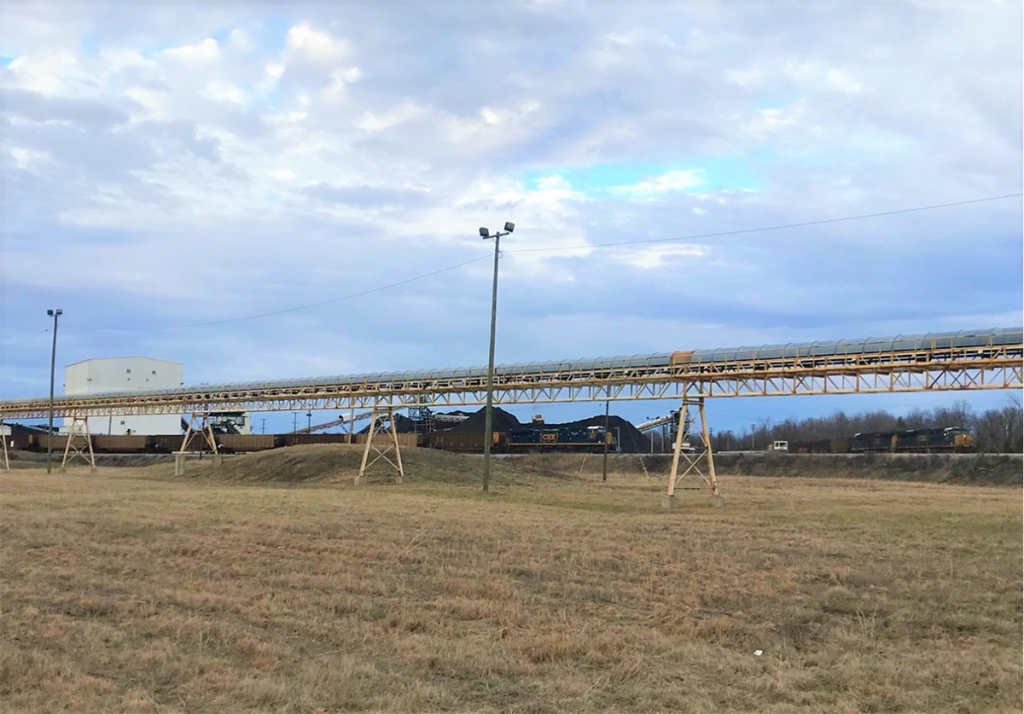
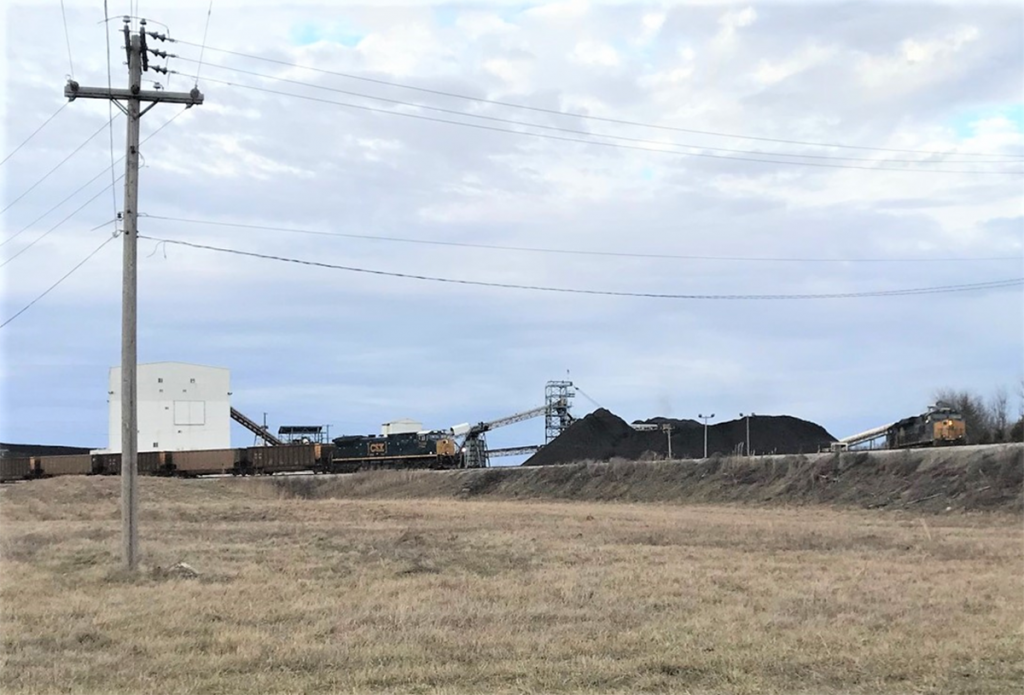
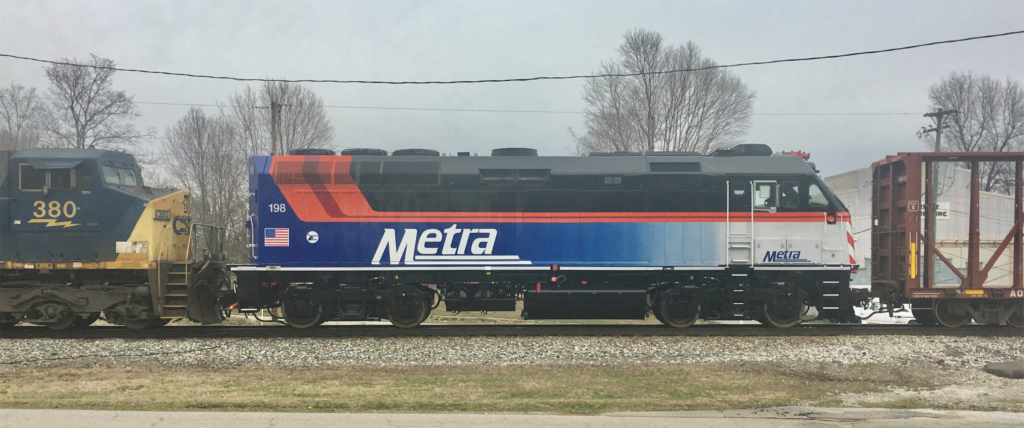
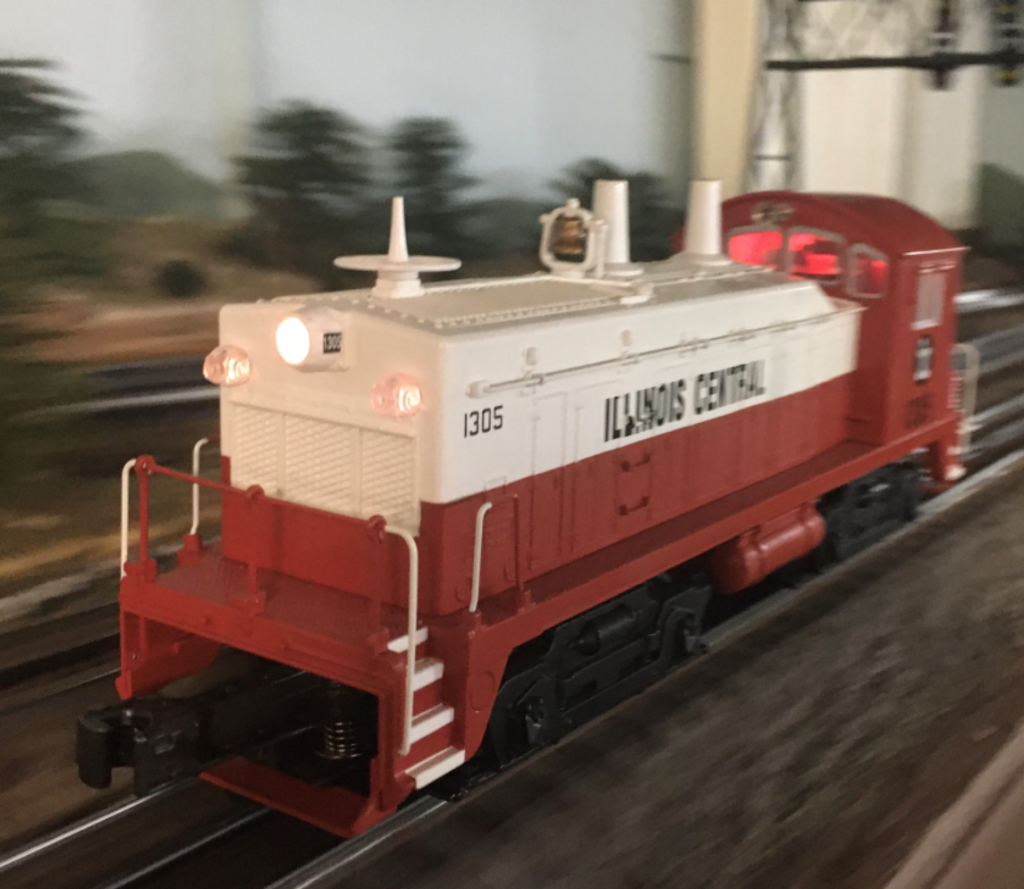
While dad Jonathon watches trains, daughter Harper practices her dance which happens to be at the dance school next to the railroad tracks in Madisonville.
Photos by Jonathon Young.
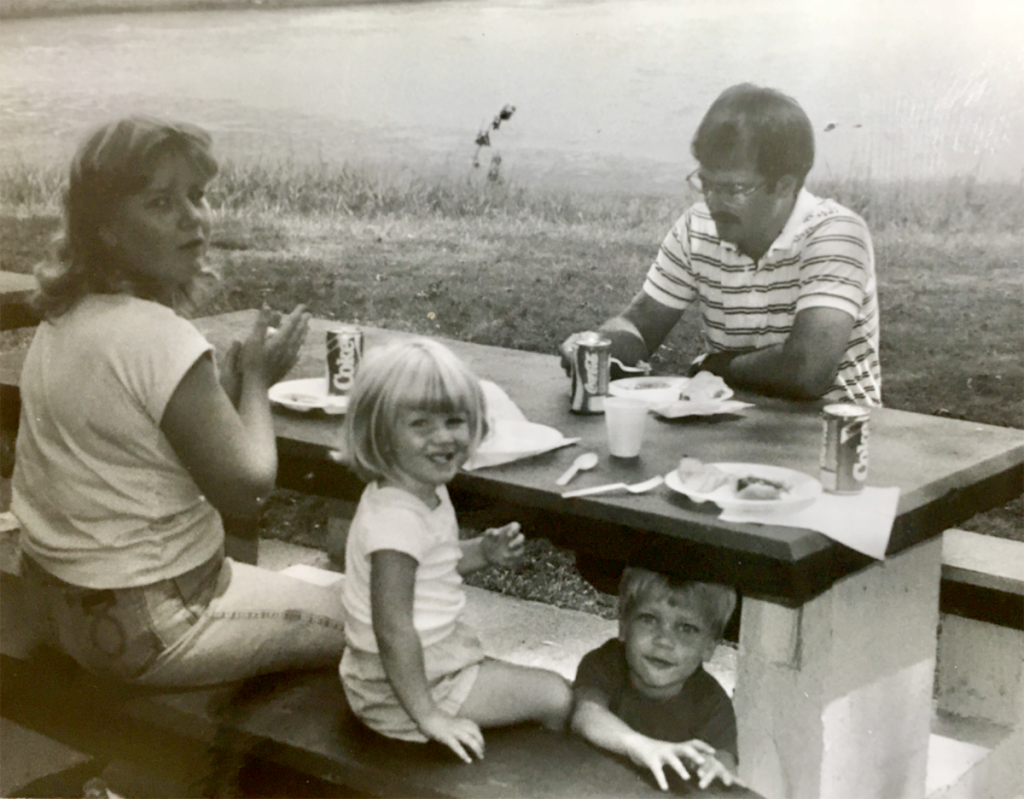
Keith Kittinger & family. Pre-CSX safety picnic. Madisonville City Park. Aug. 1985.
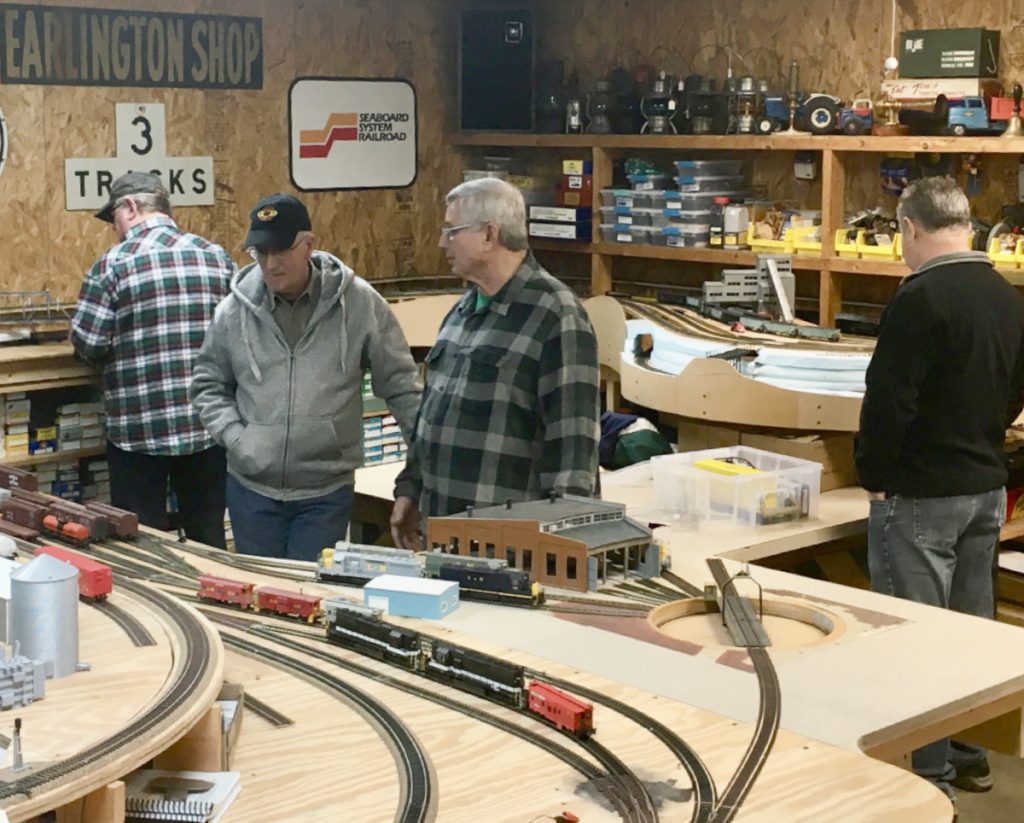
Chapter members enjoy some fellowship and bull talk at the Kittinger’s last week.

Fairbanks-Morse Erie-built diesels lead the Milwaukee Road’s Olympian Hiawatha at Beverly, Wash., on Feb 11, 1949. The train is running as an extra because snow slides in the Cascade Range have put it about 20 hours late.
Operating rules state that any timetable-scheduled train, more than 12 hours late on the posted schedule, loses both right and class and can no longer proceed and further movement must be as “Extra,” or unscheduled train, authorized by Train Orders. Hence the white flags displayed high near windshield.
The train has just descended the 2.2 % grade down the Saddle Mountains, and the rear of this train is still over the Columbia River. Those mountains in the background are part of the Army’s Yakima Firing Range. No trains pass through Beverly, or cross the river today. The track is gone and the right-of-way is part of the Iron Horse State Park and the John Wayne Trail system. The bridge itself, the vital missing link in the cross-state trail system, has been closed to the public for safety concerns. Plans are being formulated to deck the surface and open for non-motorized use.
These shiny new FM units are opposed-piston diesel powered, an engine developed for marine use, mostly submarines. They produced tremendous horsepower proportion to their size, however, not considered wildly successful in rail use. They had a bad habit of cracked cylinder casings, and when that occurred you could see them coming for miles, just like a steam engine.
The late Wade Stevenson, a 35-year Milwaukee Road employee, worked in the Othello, Washington roundhouse most of those years. An avid photographer, he used public transportation and his rail-pass traveling the country recording history. He never married, never owned a car.
credits: Pix by Wade Stevenson, text assist by D. T. Sprau
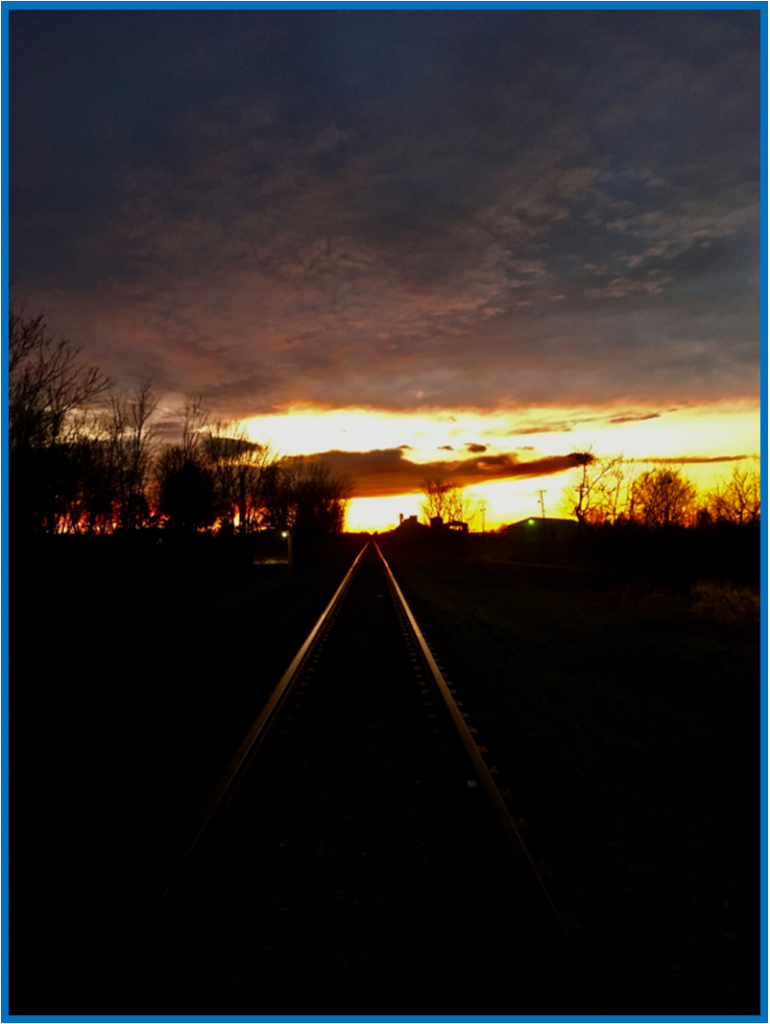
Sunrise on the Madisonville, Harford & Eastern at Hwy 85, Anton KY, December 22, 2018. – Photo by Ricky Bivins
Needing storage space, I (Ricky Bivins) purchased a well worn highway trailer. By adding an official railroad sign from my collection, I now have an almost true to life piece of railroad equipment!
New train buffs Harper and Hayden Young run their Christmas presents on my (Ricky Bivins’) Valley Steel Lines layout.

Against a setting sun, a Union Pacific Railroad shipment of Canadian potash is crossing the Snake River on a 3920′ long viaduct. The Canadian Pacific Railway exchanges this and other traffic with the UPRR at the British Columbia border northeast of Spokane. The Joso Viaduct, opened on September 15, 1914, is reported to be the last major “hot rivet” railroad bridge built in the west, although verification is elusive. The bridge was the centerpiece of a new direct and more efficient U.P. line reaching into the Inland Empire. The rail is 240′ above the water. The bridge crosses the Snake near Starbuck, Washington, once an important UPRR town.
Building of the four notorious dams on the mighty Snake has flooded the region including some of the bridge piers. Concrete encapsulates the four tallest piers in the river due to higher water. This lake is the back pool of Lower Monumental Dam, about 20 miles downstream.
I used this picture and story in my “railfan Christmas card” in 2000. As you have seen by now, I do like sunsets and silhouettes. This shot was taken from the Lions Ferry State Park campground, obviously one of my favorite RV stops.
About a mile upstream is a recycled steel highway bridge. The state highway department took it apart, piece by piece, transported over a hundred miles and reassembled. That bridge and the ferry it replaced will be a subject for another day.
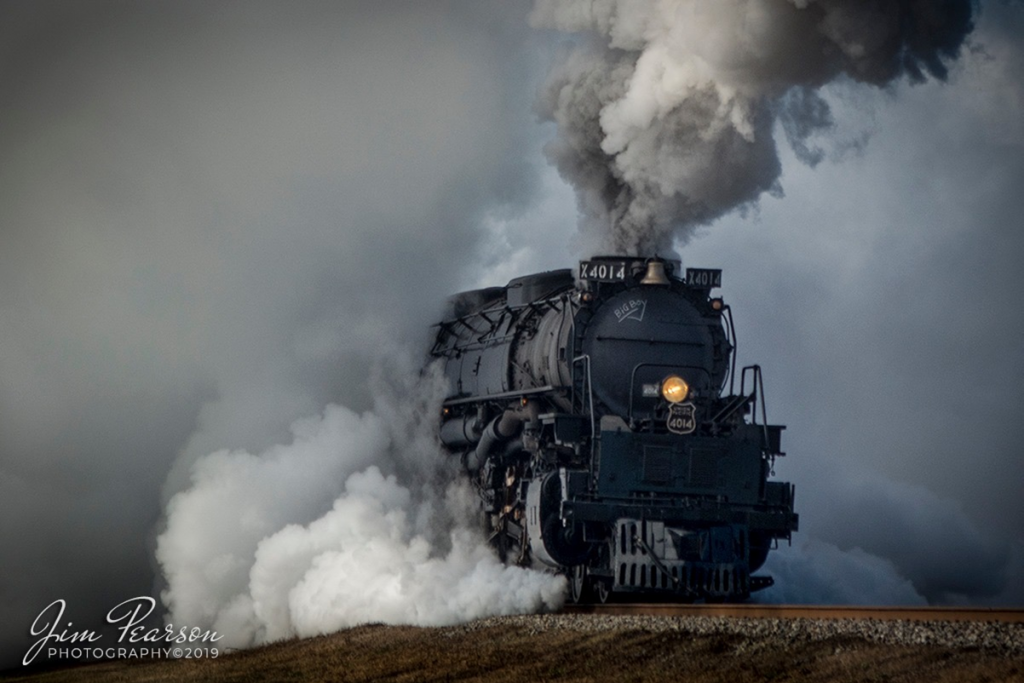
November 13, 2019 – What a day!! I chased Union Pacific’s 4014 “Big Boy” from Prescott to Little Rock, Arkansas and couldn’t have asked for better weather! The cold really made the steam and smoke pop! Here we see 4014 as it departs Prescott early in the morning, after a slight delay to let two trains pass it. There’s just something about a steam locomotive when it pokes its nose out of a cloud of steam!
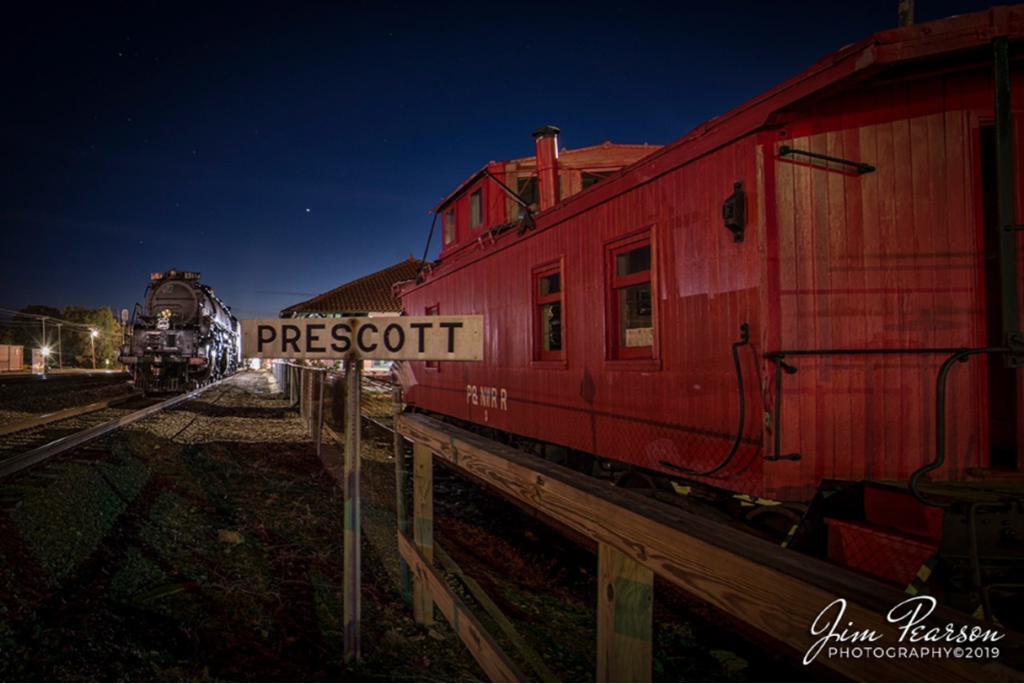
November 12, 2019 – Union Pacific Big Boy 4014 sits tied down at the Prescott, Arkansas depot, after its run for the day up the Little Rock Subdivision. Tomorrow morning it’ll depart at 9am CST for Little Rock where it’ll be on display till Friday morning before continuing it’s move back to Cheyenne, Wyoming. According to Wikipedia: The Missouri Pacific Depot of Prescott, Arkansas is located at 300 West 1st Street North. It is a 1-1/2 story red brick building, with a breezeway dividing it into two sections. One section continues to be reserved for railroad storage, while the other, the former passenger ticketing and waiting area, has been adapted for use by the local chamber of commerce and as a local history museum. It was built in 1911-12 by the Prescott and Northwestern Railroad, which interconnected with the Missouri-Pacific Railroad at Prescott. The line had passenger service until 1945.
The building is now known as the Nevada County Depot and Museum. Exhibits include area settlers, railroads, and military items from World War I, World War II, the American Legion, National Guard of the United States, 1941 U.S. Army maneuvers in Prescott. The depot building was listed on the National Register of Historic Places in 1978.
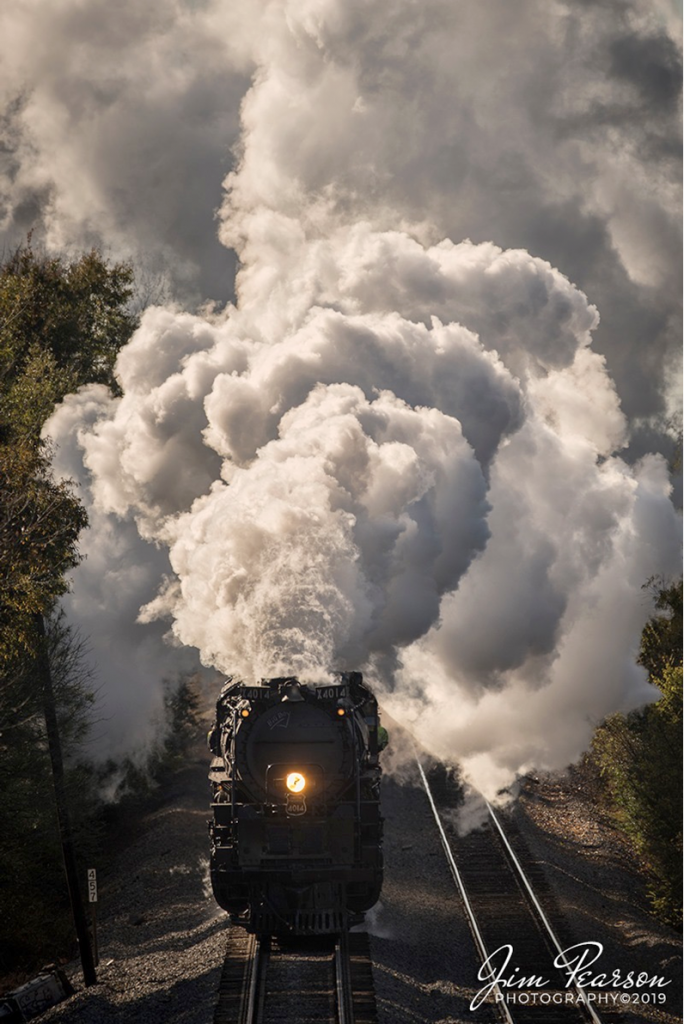
November 12, 2019 – Union Pacific’s “Big Boy” 4014 puts out a huge plume of steam in the cold November air as it departs Hope, Arkansas and heads north on the UP Little Rock Subdivision on its way to Prescott, AR where it will tie down for the night. I’m doing my first chase on the “Big Boy” today and tomorrow as it heads for Little Rock, AR.
According to Wikipedia: The Union Pacific Big Boy is a type of simple articulated 4-8-8-4 steam locomotive manufactured by the American Locomotive Company between 1941 and 1944 and operated by the Union Pacific Railroad in revenue service until 1959.
The 25 Big Boy locomotives were built to haul freight over the Wasatch mountains between Ogden, Utah, and Green River, Wyoming. In the late 1940s, they were reassigned to Cheyenne, Wyoming, where they hauled freight over Sherman Hill to Laramie, Wyoming. They were the only locomotives to use a 4-8-8-4 wheel arrangement: four-wheel leading truck for stability entering curves, two sets of eight driving wheels and a four-wheel trailing truck to support the large firebox.
Eight Big Boys survive, most on static display at museums across the country. This one, No. 4014, was re-acquired by Union Pacific and restored to operating condition in 2019, regaining the title as the largest and most powerful operating steam locomotive in the world.






